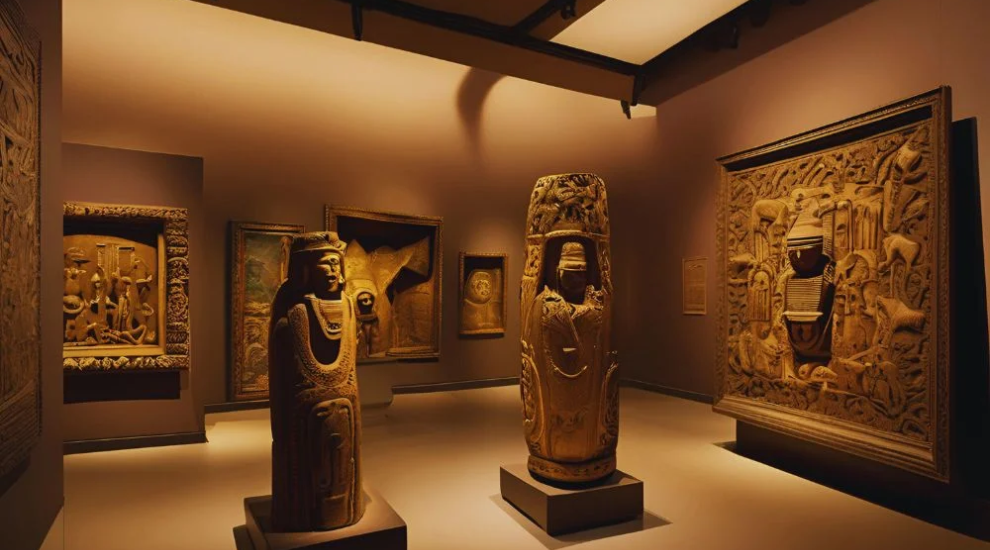In a world driven by rapid technological advancements and modern design, it’s easy to overlook the profound beauty and significance of ancient artz. However, its captivating charm continues to enchant history enthusiasts, cultural explorers, and art lovers across generations. From the earliest cave paintings that tell stories of survival to majestic sculptures and intricate pottery that reflect the sophistication of ancient civilizations, these masterpieces serve as a timeless testament to human creativity and ingenuity. Beyond their aesthetic allure, ancient artz holds a lasting influence on our modern world, shaping contemporary design, inspiring artistic innovation, and deepening our understanding of humanity’s shared cultural heritage.
The Timeless Appeal Of Ancient Artz
Ancient artz is far more than old paintings or weathered sculptures—it’s a vivid window into the lives, emotions, and beliefs of people who lived centuries ago. Through their art, early humans communicated stories, shared experiences, and left behind a legacy that continues to inspire awe. For history enthusiasts, these creations are like holding a tangible piece of the past. For cultural explorers, every artifact is a rich mosaic of traditions, beliefs, and practices woven into the fabric of ancient societies. And for art lovers, the depth of creativity in ancient serves as an eternal wellspring of inspiration, bridging the gap between the past and the present.
Take, for example, the first time you saw cave paintings—those strikingly simple yet profound images etched into rock walls with natural pigments. These ancient depictions reveal the rhythms of early human life, from hunting and gathering to living in tightly-knit communities. Despite their simplicity, these artworks communicate profound truths about survival, priorities, and the human desire to create. Ancient artz, in its rawest form, speaks to the universal need for expression and storytelling, resonating even in today’s modern world.
From Cave Walls To Clay Pots
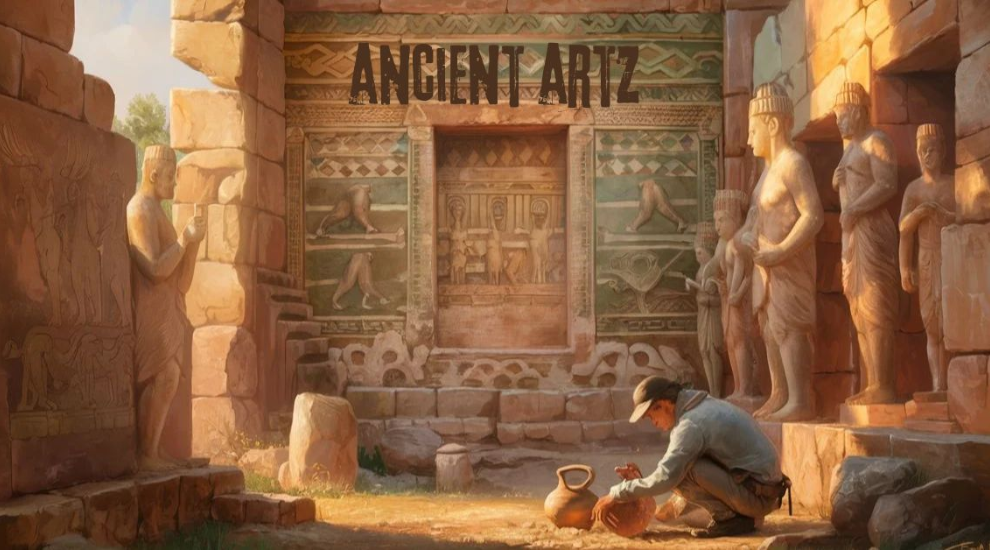
While cave paintings are perhaps the most recognizable form of ancient artz, they represent just the beginning of humanity’s artistic journey. As civilizations advanced, people began to work with clay, transforming it into functional yet beautiful pottery. These creations were more than just tools—they were expressions of culture, skill, and imagination. Pottery offers a unique glimpse into the daily lives, rituals, and beliefs of ancient societies, with each piece carrying the fingerprints of its maker and the essence of its time.
Intricate patterns and designs on pottery often conveyed deeper cultural meanings. For example, Greek pottery vividly depicted mythological tales, reflecting their rich storytelling tradition, while Chinese ceramics showcased elaborate dragon motifs symbolizing power and prosperity. These artistic details highlight a shift in human creativity—from simply recording events to celebrating shared stories and communicating profound ideas. The evolution from cave paintings to pottery captures the growing complexity of human expression, marking a significant step in our collective cultural heritage.
The Grand Legacy Of Sculptures
Sculpture is a monumental element of ancient artz, ranging from delicate figurines to colossal statues that have withstood the test of time. These creations were often crafted to honor deities, celebrate rulers, or commemorate significant historical events. Beyond their purpose, they reflect the remarkable skills of the artists and the resources available to them. Every sculpture, whether small or grand, serves as a testament to the creativity and innovation of ancient artisans who brought their visions to life in stone, bronze, and other materials.
Iconic sculptures from civilizations like Egypt, Greece, and Rome continue to define ancient artz. The Great Sphinx of Giza stands as a symbol of the Egyptians’ architectural mastery and their beliefs about divinity. Greek sculptors immortalized the elegance of the human form in marble, capturing movement and emotion with unparalleled precision. Meanwhile, Roman artists celebrated emperors and gods through lifelike busts that conveyed authority and reverence. These sculptures not only showcased artistic prowess but also conveyed profound ideas about beauty, power, and spirituality, leaving behind enduring masterpieces that still ignite our fascination today.
The Mystery Of Ancient Symbols
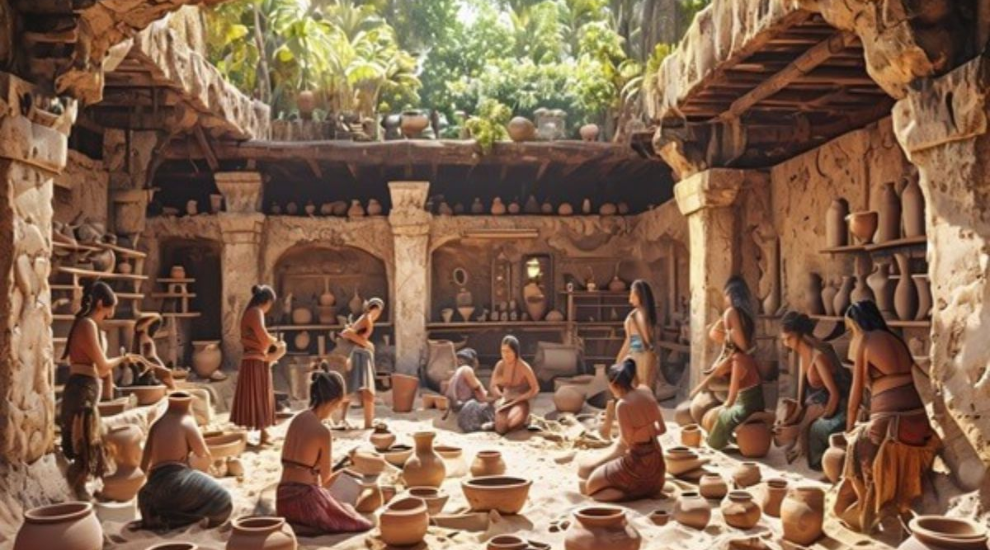
Symbols held immense significance in ancient artz, serving as powerful representations of ideas, beliefs, and cultural identity. One of the most renowned examples is Egyptian hieroglyphics, a striking blend of art and language. Far more than a mere writing system, these intricate symbols adorned temples and tombs, telling stories, documenting rituals, and conveying practical information. Deeply tied to spiritual beliefs, hieroglyphics offer a fascinating glimpse into the worldview of ancient Egyptians and continue to captivate scholars and enthusiasts alike.
Similarly, the ancient civilizations of Mesoamerica, such as the Aztecs and Mayans, infused their art with rich symbolic imagery. From pottery to monumental architecture, their symbols depicted gods, elements of nature, and the structure of their societies. These intricate designs not only conveyed spiritual and cultural narratives but also revealed the values and priorities of these communities. By studying these symbols, we gain invaluable insights into the spiritual depth and cultural richness of ancient societies, highlighting the enduring legacy of ancient artz.
The Role Of Color In Ancient Artz
Color has always been an essential element of artistic expression, and ancient artz demonstrates the creative ingenuity of early artists. Using natural pigments derived from minerals, plants, and even insects, they infused their creations with vibrant hues that brought their art to life. These colors weren’t chosen at random; they carried deep cultural and symbolic meanings, serving as a visual language that communicates ideas, stories, and values.
In ancient artz, colors often held profound symbolism. Earthy reds and browns were linked to fertility and the land, while blues and greens represented water, growth, and life itself. Gold and metallic shades frequently symbolized divinity or royalty, emphasizing power and spiritual connection. The use of color extended beyond aesthetics—it was a deliberate and meaningful choice that reflected the priorities and beliefs of ancient civilizations. By interpreting the colors in their artwork, we unlock a deeper understanding of their worldviews, offering a rich connection to the heart of their cultures.
The Cultural Impact Of Ancient Artz
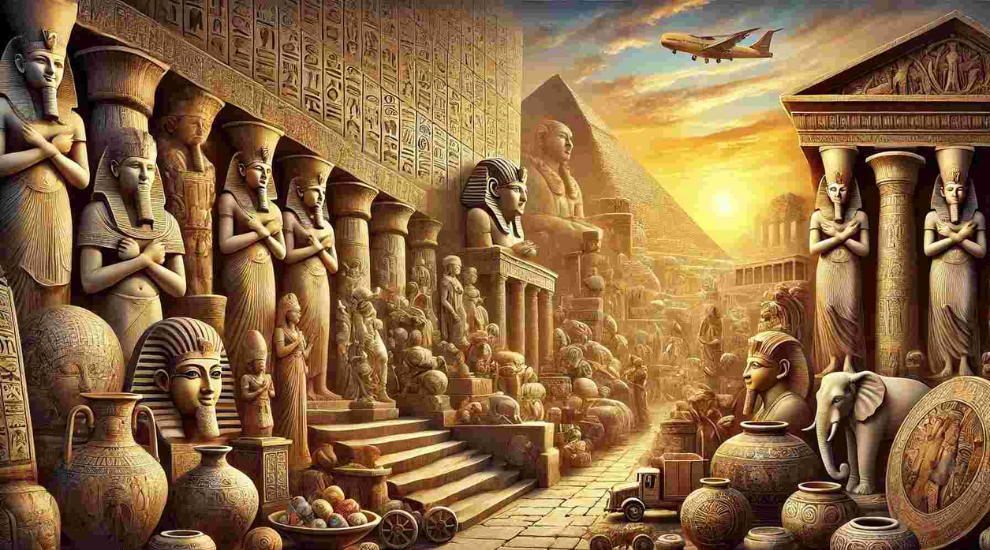
The influence of ancient artz continues to shape modern life, leaving an indelible mark on art, architecture, and even fashion. Contemporary designers often draw inspiration from the motifs, patterns, and techniques of ancient civilizations, weaving them into modern creations that celebrate timeless artistry. From the grand arches of Roman-inspired architecture to intricate jewelry designs reminiscent of Egyptian craftsmanship, ancient serves as a wellspring of creativity that bridges the past and present.
The legacy of ancient artz extends far beyond aesthetics, deeply influencing literature, film, and education. Myths and stories depicted in ancient masterpieces continue to inspire today’s storytellers, resonating with audiences through their universal themes and timeless appeal. Additionally, museums and galleries worldwide preserve and exhibit these cultural treasures, offering people of all ages opportunities to learn and connect with history. These exhibitions celebrate the richness of human creativity, allowing us to appreciate how ancient continues to shape and inspire our world today.
Preserving The Legacy Of Ancient Artz
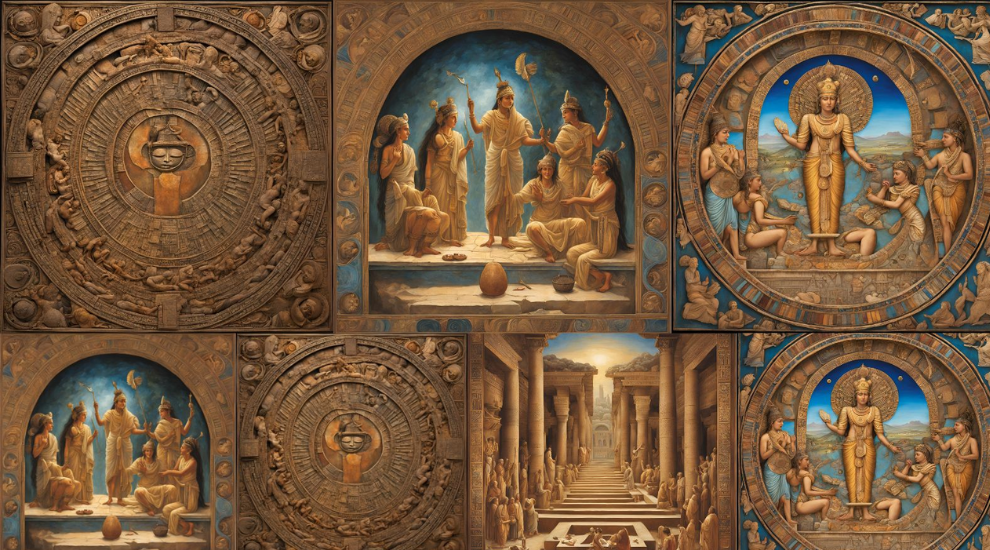
The preservation of ancient artz is essential for protecting humanity’s shared cultural heritage. Organizations and institutions worldwide are committed to conserving these invaluable treasures and making them accessible to the public. Through their efforts, they ensure that the artistry and historical narratives of ancient artz remain an enduring part of our collective identity, inspiring generations to come.
Preservation projects often involve meticulous restoration, in-depth research, and comprehensive documentation. These endeavors not only protect the physical integrity of ancient artworks but also deepen our understanding of their cultural and historical significance. Individuals, too, play a vital role in this mission by supporting museums, participating in educational initiatives, and advocating for the protection of cultural heritage sites. Together, these efforts honor the legacy of ancient artz, celebrating its timeless contribution to human creativity and history.
FAQS
Q: What is Ancient Artz?
A: Ancient encompasses the artistic creations from civilizations of the past, including sculptures, pottery, hieroglyphics, and other symbolic expressions that reflect historical, cultural, and spiritual values.
Q: Why is preserving Ancient Artz important?
A: Preserving Ancient ensures that the stories, traditions, and wisdom of past generations continue to inspire and educate future ones, maintaining a rich cultural heritage.
Q: How did Ancient Artz influence modern art?
A: Ancient provides a foundation for modern artistic expression, with many contemporary designers and artists drawing inspiration from ancient motifs, techniques, and symbolic elements.
Q: What role does symbolism play in Ancient Artz?
A: Symbolism in Ancient often conveys deeper meanings, representing beliefs, gods, natural elements, and societal values, creating a visual language that transcends time.
Q: Can Ancient Artz be found outside museums?
A: Yes, Ancient Artz can be found in various forms, such as public sculptures, architectural elements, and cultural festivals, where historical artistry is integrated into everyday life.
Conclusion
Ancient Artz provides a fascinating glimpse into the lives and legacies of those who came before us, unveiling stories, traditions, and values that continue to influence our modern world. Whether you are a history enthusiast, a cultural explorer, or an art lover, delving into ancient art reveals a rich tapestry of human experience, offering profound insights into the creativity and wisdom of past civilizations. Each piece tells a unique story, reminding us of the universal themes that connect humanity across time.
By appreciating and preserving Ancient, we pay tribute to the ingenuity and resilience of our ancestors while ensuring their legacy endures for future generations. The exploration of this artistic heritage not only deepens our understanding of history but also inspires a greater appreciation for the shared human journey. Let us continue to cherish and celebrate Ancient as a testament to the enduring power of creativity and cultural expression.
Stay Connected For The Latest Updates And Alerts By Visiting Us At: Tech Probillion!
